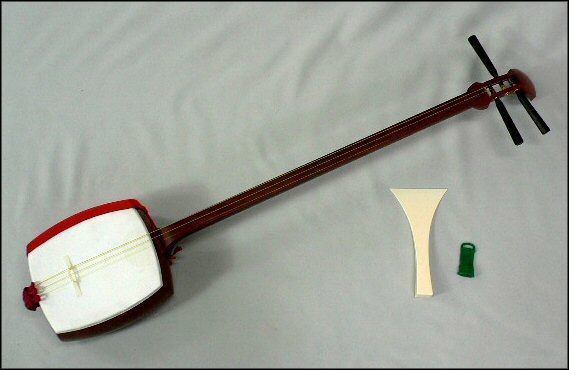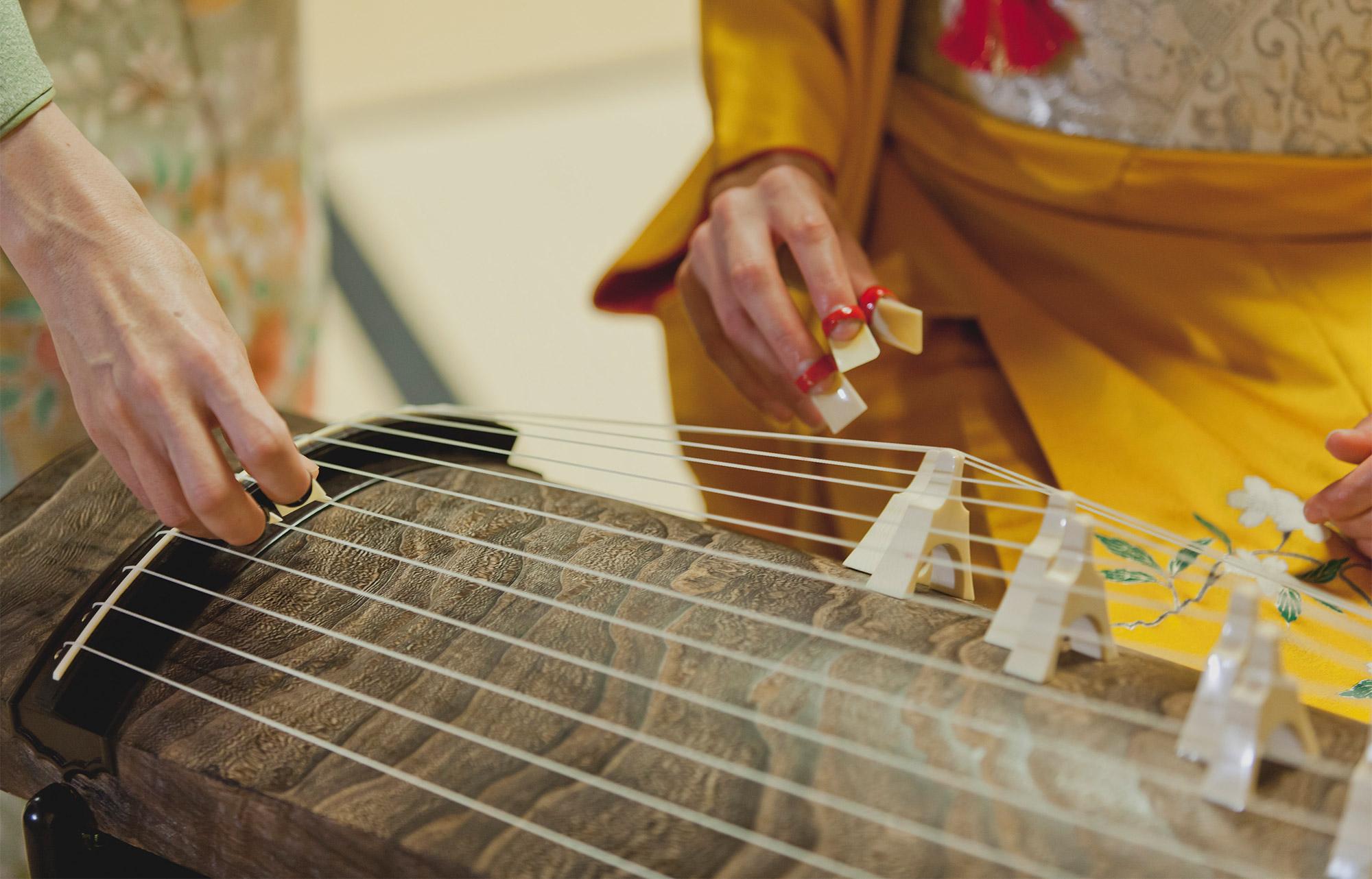
The Japanese instrument koto is very unique and makes a beautiful sound.
#JAPANESE STRINGED INSTRUMENTS MOVIE#
I totally remember seeing this instrument in that movie "Memoirs of a Geisha." It was mentioned in the book too, from what I recall.Īnyway, I've never heard a koto played in person, but I remember it sounded very nice in the movie. Then when the articles mentioned that geisha's play it sometimes, it clicked. When I was reading this article, I kept thinking the koto sounded kind of familiar.


And I don't blame them, it was pretty awesome! It was wild! I heard that Tool liked it so much they put a link on their fanpage to the video too. However, I did see an online video quite awhile ago of someone covering a Tool song on a koto. The shamisen is commonly used in many kinds of performances, including storytelling and music genres.September 30, - I've never seen a koto in person either. The strings are traditionally made of silk but modern versions use nylon.
#JAPANESE STRINGED INSTRUMENTS SKIN#
Stretched animal skin covers the front and back sides. The body is called a do and looks like a drum. The strings are stretched across the body, and the neck of the shamisen is slim and fretless. It is played by plucking the strings, like a banjo or a guitar. Over the last four decades, taiko drumming has become a performance art.Īlso called samisen or sangen, this is a three-stringed lute often played with a plectrum, or bachi. One of the most famous is the enormous ōdaiko, which is probably the largest drum in the world. The rhythmic and booming beats of taiko drums can resonate to far distances. They were originally found in shrines and temples, and they were played in religious ceremonies and festivals. These large percussion instruments have been a part of Japanese culture for centuries. Today, the shakuhachi has influenced music in other parts of the world, including jazz and New Age music. At the end of the Edo period, it became a secular instrument and was used for small chamber ensembles. In the 17th century, Zen monks played the shakuhachi as a way to meditate. Similar to the flutes of India, China, and the Middle East, it was introduced to Japan in the latter part of the 7th century A.D. The shakuhachi has remained popular throughout history because of its versatile and classic appeal. This wind instrument makes a haunting and hollow sound. The stalk is made from the root end of a bamboo tree. Its unique sound expresses powerful notes that go well with the narrative passages.Ī bamboo flute with five holes for the fingers: four in the front and one at the back. Through the years, the biwa has been used to add drama and ambience to stories told before a live audience. It was also later used in the 12th century by Heike clan players in their storytelling. During the 9th century, blind musicians used the biwa as an accompaniment to their religious chants. It has its origins in China, Korea, and India over a thousand years ago.

Its strings are made of silk stretched over frets of bamboo and wood. This Japanese lute is three feet long and is usually made of rosewood, quince, or mulberry. There is also a 17-string koto used as a bass instrument in ensembles. The koto is usually 71 inches in length with 13 strings strung over movable bridges used for tuning. It is a stringed musical instrument that was adapted from the ancient Chinese plucked zithers the guzheng and se and it is also similar to the Mongolian yatga. The koto was first introduced to Japan in the 7th century and 8th century from China. The koto is consodered to be the national instrument of Japan. Here are some that are still popular up to this day. Japan has several traditional musical instruments that have withstood the test of time and still remain a valuable part of its culture and heritage.


 0 kommentar(er)
0 kommentar(er)
